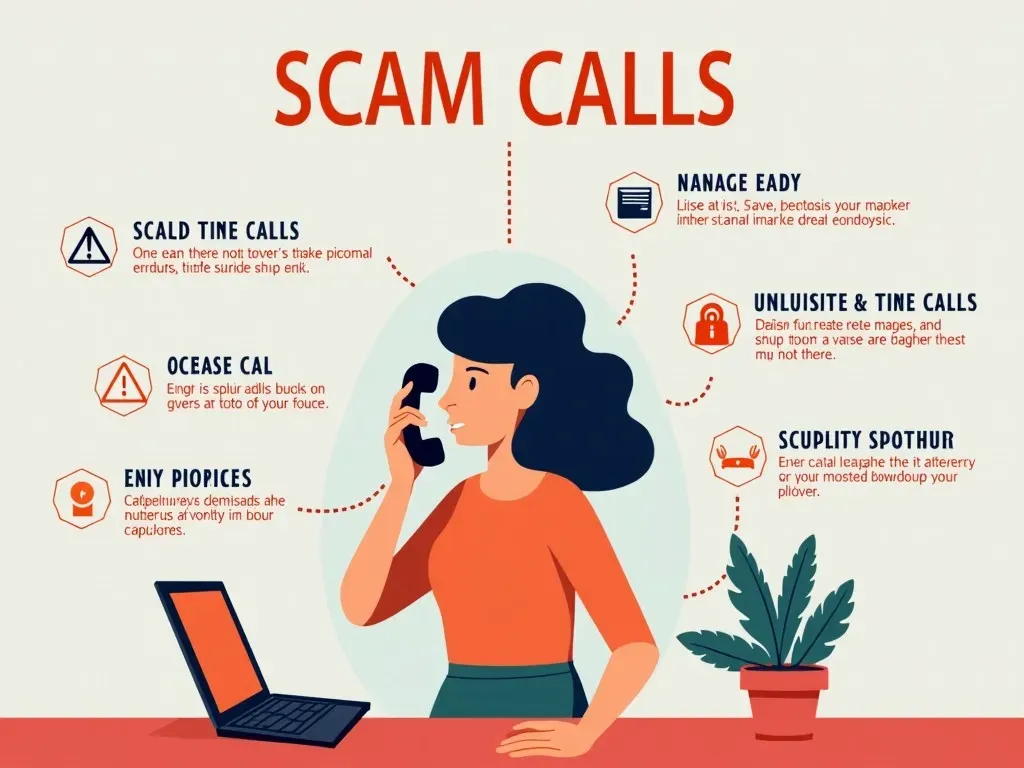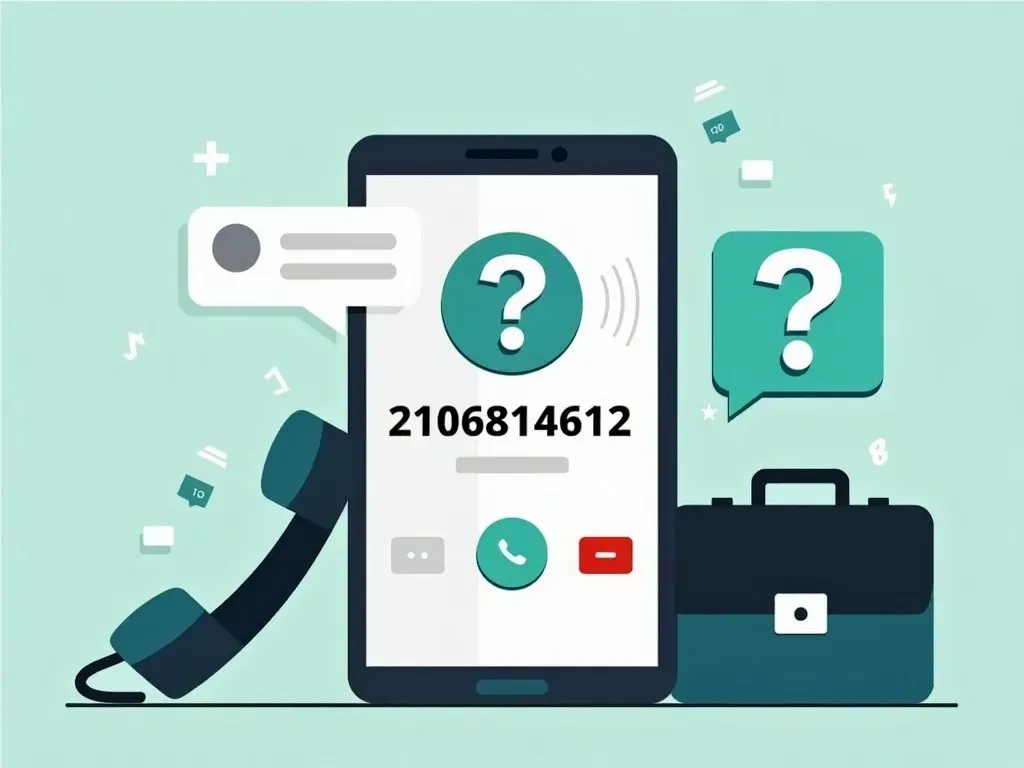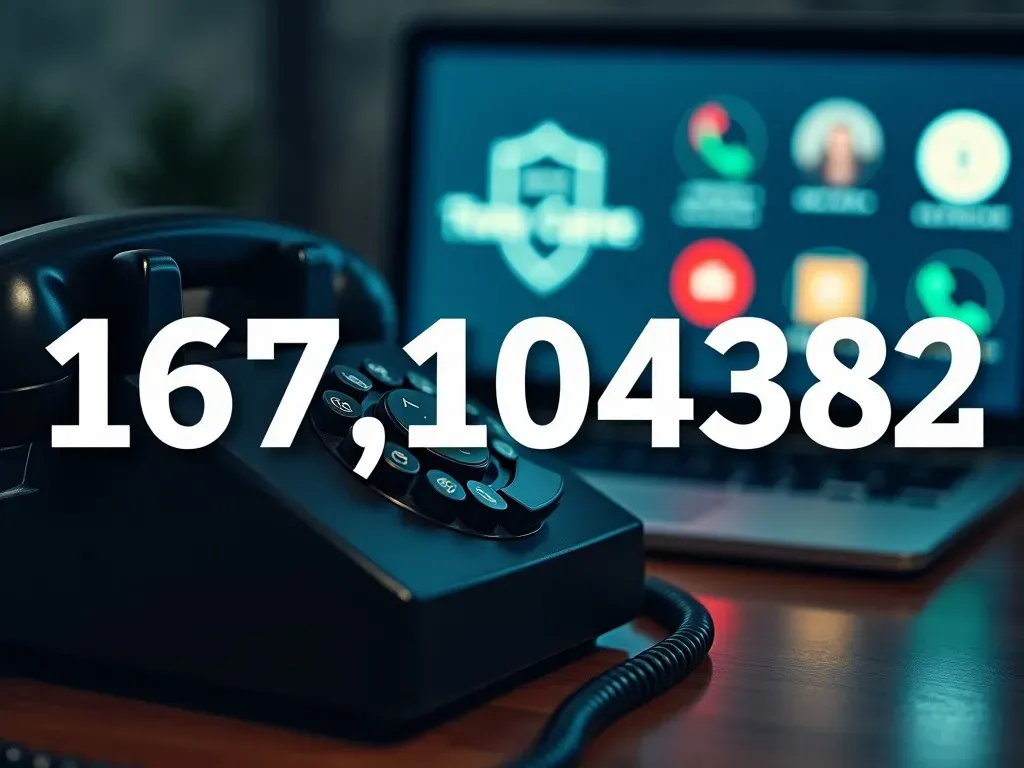Receiving a call from 2132102391 can send a chill down anyone’s spine. With the rise of technology, scam calls and robocalls are more prevalent than ever. Not only do they disrupt your day, but they also pose a risk to our personal information. Understanding how to identify this caller and effectively responding to it is essential. In this article, we’ll delve into the concerns associated with receiving calls from 2132102391, provide insight into the identity of the caller, and outline practical strategies to handle suspicious calls. Let’s empower ourselves to take the right steps when faced with such nuisances.
In addition, the Federal Trade Commission (FTC) reports that more than 107 million Americans fell victim to telephone scams, losing a staggering $9.5 billion in 2020 alone. Understanding and knowing how to act in response to potential scam calls like 2132102391 is vital in curbing this troubling trend.

Caller Information
| Caller Information | Details |
|---|---|
| Phone Number | 2132102391 |
| Company Name | To Be Determined |
| Headquarters | N/A |
| Representative | N/A |
| Established | N/A |
| Business Activities | Unknown |
| Related Website | FTC Scam Alerts |
Identifying the Source of 2132102391
The Mystery Caller
When we receive a call from 2132102391, many questions spring to mind:
- Who is calling?
- Why did they choose to reach out to me?
- What do they want?
Unfortunately, the answer is often not straightforward. Analysis shows that the 213 area code primarily serves regions in and around Los Angeles, California. Calls from this region can either be legitimate businesses or fraudulent operations attempting to scam unsuspecting individuals.
User Reactions
In social media forums and community discussions, users frequently express frustration upon receiving calls from unknown numbers like 2132102391. Many dismiss these as spam, while others fall prey to the clever schemes of scammers.
User Experiences
A quick scan of various online platforms reveals numerous reactions to 2132102391.
- Many users report receiving calls that hang up after the initial ring, leading to speculation about the motive behind these calls.
- A few individuals share stories describing scenarios where they were lured into providing personal information under false pretenses, emphasizing the need for caution.
User Experiences with 2132102391
Common Concerns
The majority of user feedback revolves around feelings of anxiety, skepticism, and confusion. People are often unprepared for unsolicited calls and may experience a sense of urgency that can cloud their judgment.
Collective Observations
Feedback aggregated from various forums suggests a pattern of annoyance, with some users referring to 2132102391 as a "scam alert" number. Individuals repeatedly warn one another on platforms like Reddit and Facebook, urging others not to engage.
Demographics and Reactions
Different age groups may respond to these calls differently. Younger users might be more tech-savvy and are thus likely to hang up or block the number immediately, while older demographics might not recognize the threat and engage more readily with the caller.
Strategies to Handle Nuisance Calls
Step 1: Set Up Call Blocking
Everyone should be aware of their options when dealing with unwanted calls. Most smartphones today come equipped with call-blocking features. For example, you can follow these steps on an iPhone:
1. Open your Phone app.
2. Go to the Recents tab.
3. Tap the info button next to the number.
4. Scroll down and select "Block this Caller."
On Android, the process often looks like this:
1. Open the Phone app.
2. Find the number in your call logs.
3. Tap on the number, and then select "Block" or "Report as spam."
Implementing these measures helps maintain your peace of mind.
Step 2: Respectfully Decline
Sometimes you may feel compelled to answer suspicious calls. If you choose to pick up, keep it simple and firm:
- “I’m not interested.”
- “Please remove my number from your list.”
This allows you to reinforce boundaries without getting drawn into a conversation.
Step 3: Understand Your Rights
In the United States, laws like the Telephone Consumer Protection Act (TCPA) empower consumers against unsolicited robocalls. Familiarizing yourself with these regulations can bolster your confidence to take action against annoying calls:
- You have the right to not receive unwanted calls from telemarketers.
- Consider reporting habitual offenders to the FTC at FTC Complaint Assistant.
By knowing your rights, you can better navigate the complicated landscape of telecommunications without feeling powerless.
As we dive deeper into the subject matter, it’s imperative to aim for shared insights based on established facts and community experiences.
The prevalence of scams employing various area codes indicates that the issue is widespread. According to the Federal Communications Commission, robocalls are a leading cause of consumer complaints, with nearly 66% of nuisance calls lacking a valid purpose. This highlights the ongoing battle each individual faces while minimizing disruptions to their daily routines.
In the world of digital communication, the responsibility lies on consumers to protect their personal information and approach each unknown call with noticeable caution. In doing so, you can significantly reduce your risk of becoming the next victim of telephone fraud.
As we reflect upon these discussions, it’s clear that the evolution of technology has not only benefited us but has also given rise to ingenious new methods for deceit. Understanding the nuances of calls that come from numbers like 2132102391 is crucial for maintaining both personal security and digital peace.
Moreover, as we engage with this topic, it is important to keep abreast of ongoing conversations and updates regarding telephone safety and consumer rights. Social media, community groups, and even local news platforms can serve as vital resources to spread awareness and educate others.
One notable example of a resource providing crucial information to the public is the National Do Not Call Registry. This tool enables individuals to block unwanted calls effectively and is a significant stride towards safeguarding consumer privacy.
Understanding the dynamic landscape of phone calls in our modern world makes each of us a vigilant participant in our own safety. The strategies discussed are not only useful but indispensable in our quest to combat the nuisances of scam calls, especially those emanating from 2132102391.
By staying informed, taking action, and sharing knowledge, we can carve a path toward a hassle-free communication experience in an age rife with challenges.


